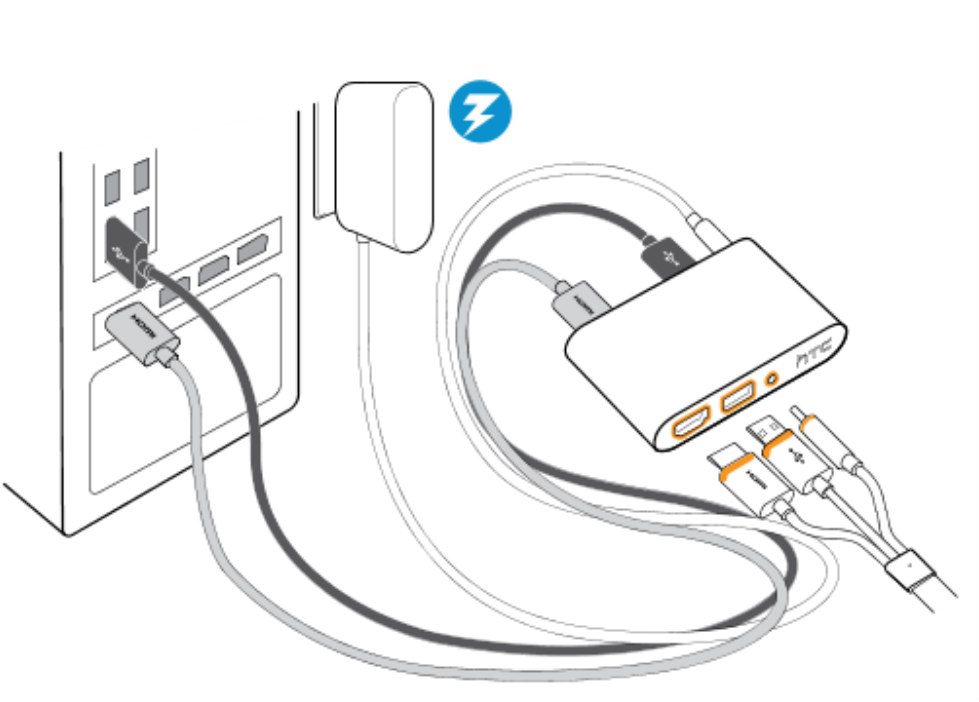HTC Vive Pro, the company’s higher resolution VR headset targeted at prosumers, isn’t on sale yet, although developers have been receiving Vive Pro as early as mid-February. While there still isn’t a comprehensive look at all of the gubbins to go along with the headset, Cloudgate Studio co-founder Steve Bowler recently tweeted a few snaps of Vive Pro that give us a clearer view of some of the differences coming to the headset’s Link Box.
As first reported by Tom’s Hardware, the Vive Pro has done away with the “3 in, 3 out” cable scheme seen in the original Vive’s Link Box, which features a two-sided suite of ports including spaces for USB, HDMI, and power cables. On the ‘PC side’ of the original there’s also find a mini DisplayPort in addition to the HDMI port.

Now, the Vive Pro’s Link Box features a single proprietary cable leading to the headset that unites power, data, and video, making for a less confusing first-time setup to boot. You’ll also notice a handy blue power button on the ‘VR side’ of the box now.
Meant to tweet this earlier:
New single port cable for Vive Pro.
New link box (w/power button).
New Mini Display-Port out (to full sized Dispaly Port) pic.twitter.com/lA0cz0n4GB— Steve Bowler (@gameism) March 8, 2018
The Vive Pro’s Link Box has also done away with HDMI, instead only offering DisplayPort as the only video connection option. Considering most VR-capable GPUs have several DisplayPorts, the change shouldn’t be that significant to the end-user.
The bump in resolution from the original Vive’s dual 1080×1200 pixels displays to Vive Pro’s dual 1440×1600 displays is noticeable at 78% more pixels. Vive Pro still doesn’t have a price or specific launch date outside of the ‘late Q1’ mentioned previously by HTC, so in the meantime take a look at our hands-on with Vive Pro from CES 2018 to get an idea of what’s in store hardware-wise.







